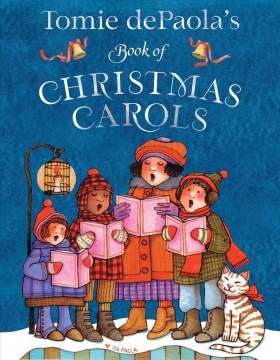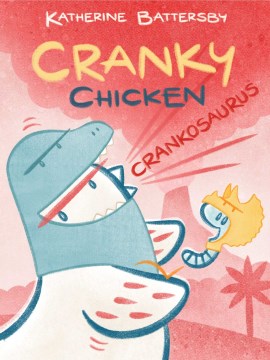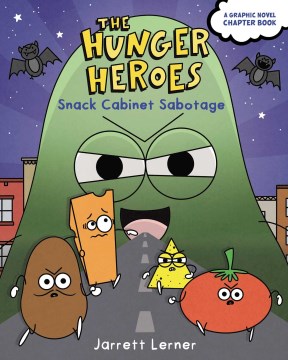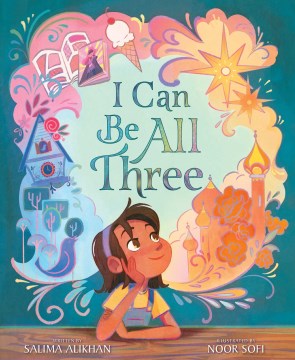Ichthyosaurs looked like a fish or dolphin, but were actually reptiles – the largest marine reptiles that ever lived. In this title, the reader will learn physical characteristics, behavior, diet, and the extinction story of the ichthyosaur.
Bellwether Media’s Ancient Marine Life series is perfect for the young paleontologist who is ready to explore beyond dinosaurs. The informational text uses short sentences, supporting graphics, and bolded glossary terms to support developing readers. Size comparisons are made in relation to objects kids can visualize like a couch, a car, or a bus. Endpapers include glossary, index, print resources, and Factsurfer’s curated digital resources. The maps are one confusing feature. The maps on page 5 show the continent configuration during the period in which the animal lived without indicating how long ago it was nor explaining why the continents are different than they are currently. The location map at the end of the text does not indicate if it represents the location of fossil finds or presumed location of the extinct animal’s habitat. All in all, an attractive and engaging series.




